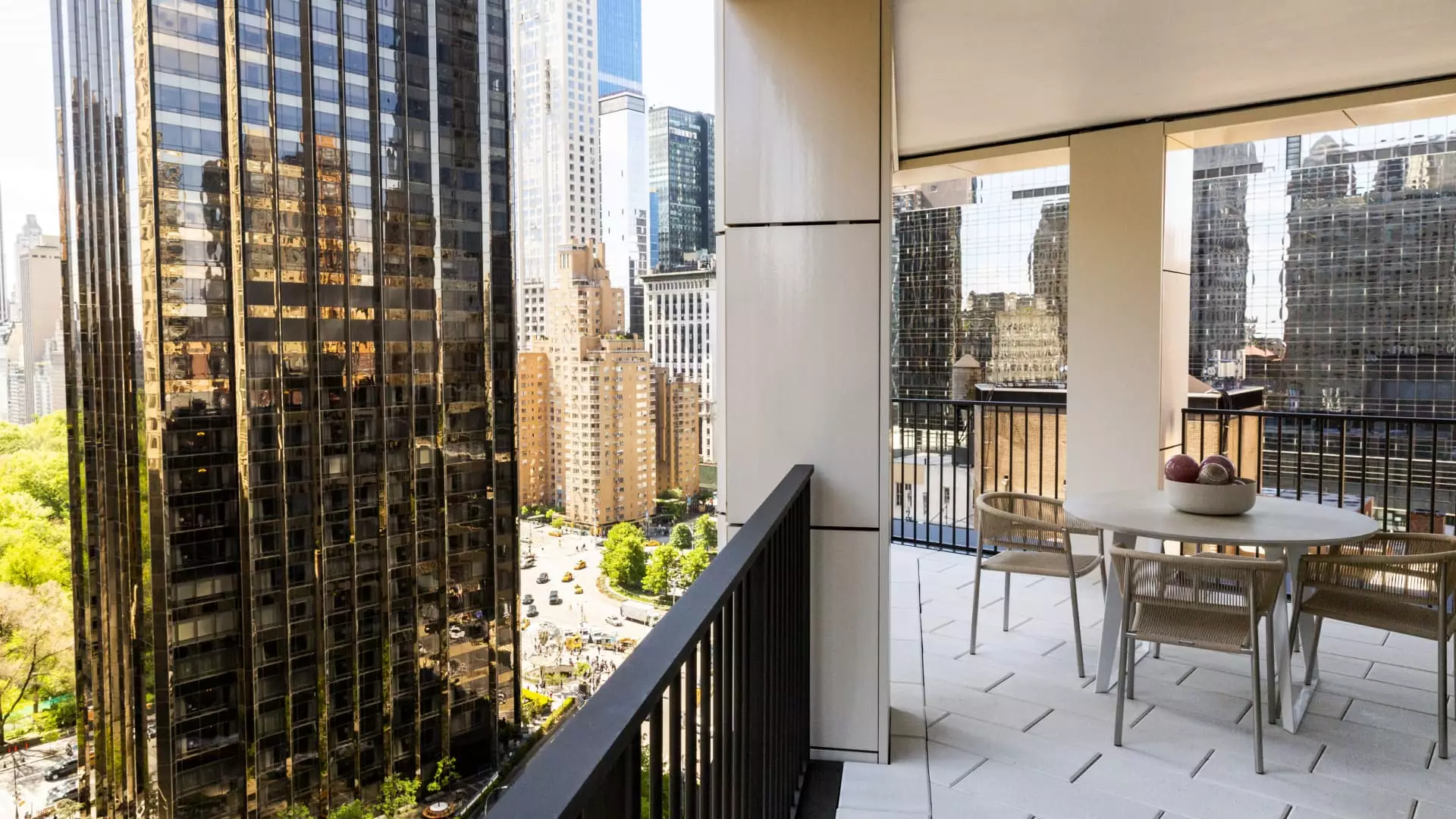The real estate market is experiencing a stark contrast between the luxury sector and the rest of the market. While overall real estate sales have fallen by 4% nationwide, luxury real estate sales have actually increased by over 2%. This disparity is attributed to factors such as interest rates and supply. Mortgage rates have exceeded 7% for a 30-year fixed loan, making it difficult for most homebuyers to afford homes. However, affluent and wealthy buyers are able to purchase homes with cash, making them less susceptible to high rates. According to Redfin, nearly half of all luxury homes, defined as the top 5% of their metro area by value, were bought with all cash in the quarter, marking the highest share in at least a decade.
The influx of cash buyers in the luxury market is also driving up prices at the top. Median luxury home prices soared nearly 9% in the quarter, which is roughly double the increase seen in the broader market. The median price of luxury homes reached an all-time record of $1,225,000 during this period. Cash buyers are confident that prices will continue to rise, prompting them to make purchases with optimism and less apprehension. In Manhattan, all-cash deals accounted for a record 68% of all sales during this time, according to Miller Samuel.
The luxury market is benefiting from a higher supply of homes for sale, as wealthy sellers are more likely to buy with cash. This confidence in cash transactions frees up the upper end of listings, leading to more inventory and driving higher sales. The number of luxury homes for sale saw a 13% jump in the first quarter, unlike the 3% decline in the rest of the housing market, as reported by Redfin. Although luxury inventory remains below pre-pandemic levels, the number of luxury listings coming online during the first quarter increased by 19%. Homeowners are capitalizing on the opportunity to cash in on their equity amidst rising prices.
Not all luxury markets are experiencing the same level of success, with the strongest price growth seen in areas not traditionally associated with luxury homes. Redfin reports that Providence, Rhode Island saw a 16% increase in luxury home prices, while New Brunswick, New Jersey followed closely with a 15% increase. Conversely, New York City witnessed the biggest price decline, with prices dropping by 10%. In terms of overall luxury home sales, Seattle emerged as the top-performing metro area, with sales rising by 37%. Austin, Texas and San Francisco also saw significant increases of 26% and 24%, respectively. Luxury homes in Seattle had the shortest median days on the market at just nine days, showcasing the high demand in this market.
The real estate market is undeniably split between the flourishing luxury sector and the struggling rest of the market. The impact of factors such as interest rates, cash transactions, supply, and regional disparities play a significant role in shaping the current landscape of the real estate industry. As the luxury market continues to soar, it is essential for real estate professionals and investors to adapt to these changes and navigate the evolving market dynamics effectively.

Leave a Reply